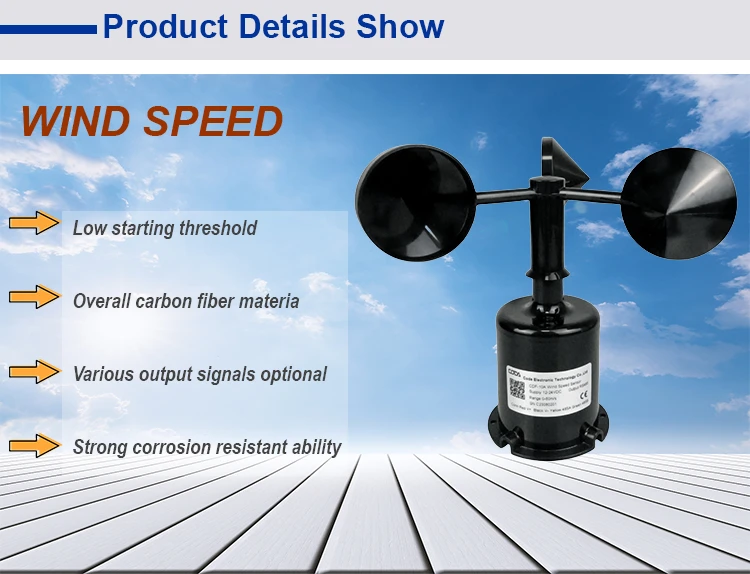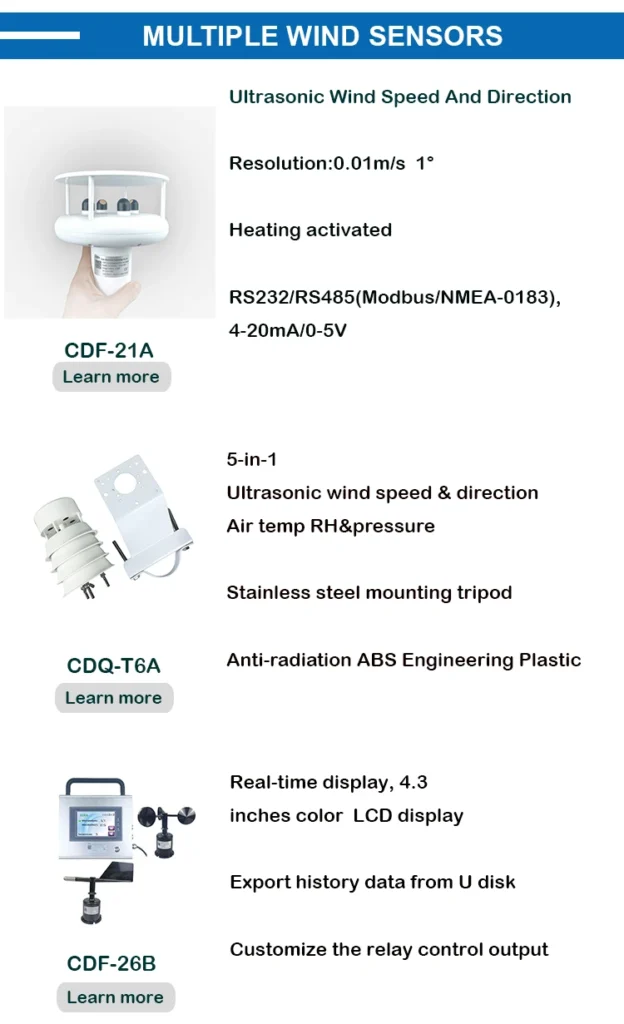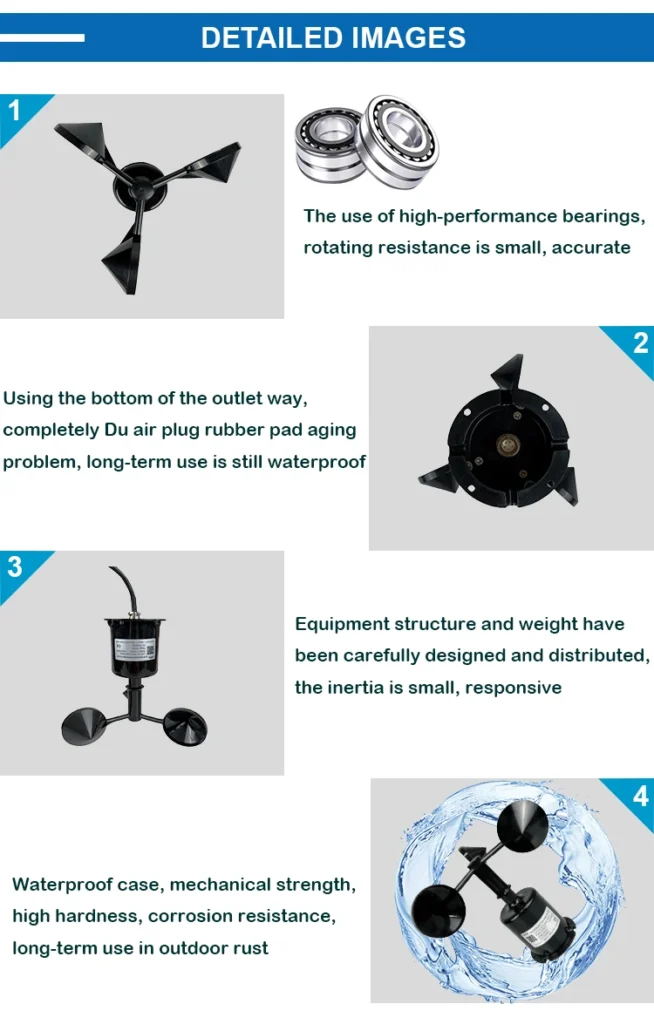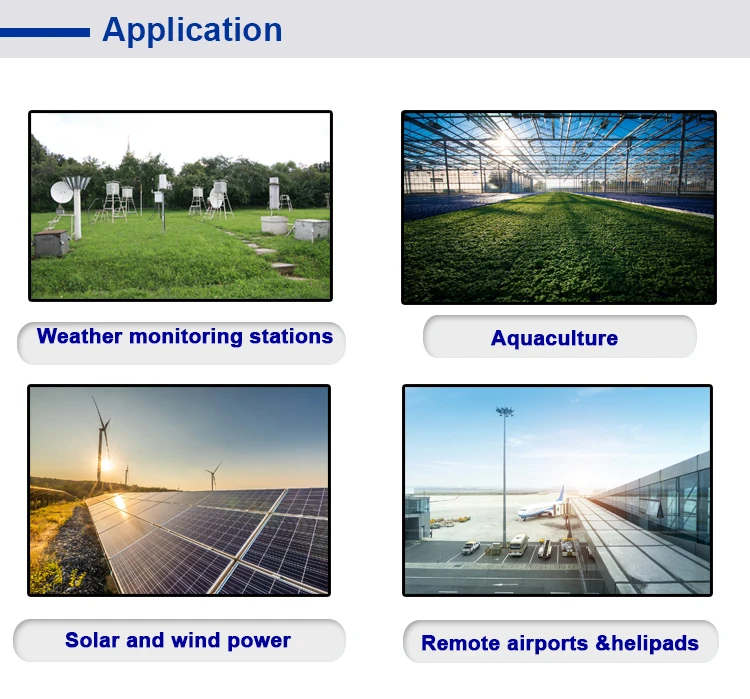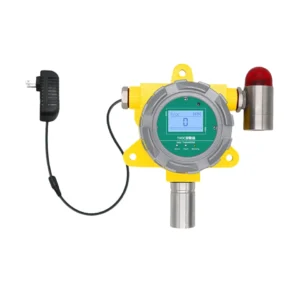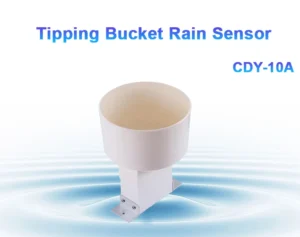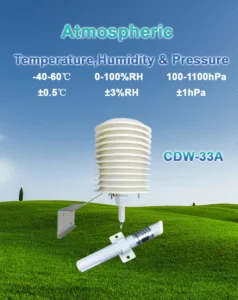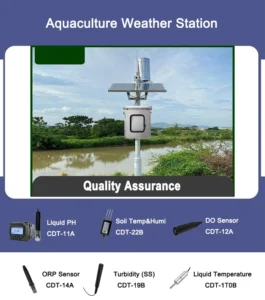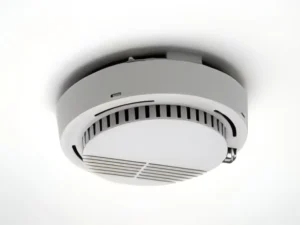measures wind speed |what measures wind velocity
Introduction: The Importance of Wind Speed Measurement
What Measures Wind Speed ?Wind is a powerful force that we cannot see. It has intrigued people for many years. From gentle breezes to strong winds, weather greatly affects our daily lives and many industries.
It is important to know how we measure wind speed. Wind speed is a key factor with many effects.
In weather science, recording wind speed helps us predict the weather. It helps us predict how weather systems move, such as storms and cyclones. Accurate measurements lead to timely warnings and can save lives.
Wind speed affects temperature and humidity. This affects weather patterns in different places.
In aviation, knowing the wind speed is very important. It helps make takeoffs, landings, and flights safe. Pilots use this information to measure wind speed and change flight paths. This helps save fuel and time.
The energy sector, especially wind power, depends on wind speed measurement. Faster winds create more electricity. Accurate data helps us pick the best spots for wind farms. It also improves how turbines operate.
Wind speed matters in farming, sailing, and other fields. It affects crop growth, navigation, and more.
The Basics of Wind Speed Sensor
Wind speed is the speed at which air moves sideways. We measure speed in different units. These units are meters per second (m/s), miles per hour (mph), and kilometers per hour (km/h).
There are two main types of wind speed. The first factor is average wind speed. It is measured over a short time. The second is the speed of the wind at that moment. This is the speed at a certain time.
The Beaufort scale measures how strong the wind is by looking at its effects. It goes from calm (Beaufort 0) to hurricane-force (Beaufort 12+). This scale shows us how strong the wind is. What do we use to measure wind speed?
Cup Anemometers
Cup anemometers were created in the 1800s. They are easy to use and anemometers work well.
These devices have three or four cups that look like half-spheres. The cups are fixed to horizontal arms. These arms connect to a vertical shaft.
When the wind blows, the cups start to spin. The speed of their rotation shows how fast the wind pressures is blowing.
World meteorological organization stations often use these anemometers. They are easy to make, install, and keep up. They perform well in many places.
However, they are not as accurate when the wind speed is low. Wind direction can affect how well they work.
Propeller Anemometers
Propeller anemometers have a shape like a propeller and include a wind vane. The wind makes the propeller spin. We measure how fast it turns to find the wind gust speed.
People often use them at airports and some weather stations. However, they are more complex and cost more. They can also be less accurate in rough conditions or at low speeds.
**Advanced Calculate Wind Speed Measuring Tools**
Hot – Wire Anemometers
Hot-wire anemometers use a heated wire. The wind cools the wire. The speed of the wind affects how quickly it loses heat.
They are very sensitive and work well for measuring low speeds in research, such as wind tunnels. But they are fragile, can break easily, and need regular calibration.
Sonic Anemometers
Sonic anemometers measure wind speed by looking at how long ultrasonic signals take to travel between sensors. The speed of sound in air changes when the wind moves.
These anemometers measure both horizontal and vertical wind. They also find wind direction. People use them in tough places like mountains and cities. However, they can be expensive and affected by bad weather.
Other Methods For what instrument for measuring wind
Doppler Lidar
Doppler lidar uses the Doppler effect. It sends laser beams that bounce off air particles. The change in high frequency of the returned light shows wind speed.
It is used in weather studies and wind energy. It gives precise measurements from far away across large areas. But it’s expensive and less effective when there are few particles in the air.
Radar – based Wind Measurement
Radar sends out waves. It measures the Doppler shift from particles, such as raindrops. It helps predict the weather and is used by the military. However, it has issues in clear air and heavy rain.
Remote Sensing from Satellites
Satellites use microwave scattering to measure wind speed. They cover the whole world. This helps with climate research and weather forecasts. However, they have less detail and find it more difficult to get complex data.
Factors Affecting Wind Speed Measurement Accuracy
Temperature impacts tools such as hot-wire and sonic anemometers. It changes wire resistance in hot-wire anemometers and the speed of sound in sonic ones.
Humidity can cause condensation, harming performance. Pressure changes affect how dense the air is. This can change some readings on an anemometer.
Instrument – related Factors
Calibration is very important because uncalibrated instruments give wrong readings. Instruments should be set up at the correct height in open spaces. Over time, moving parts wear out and accuracy drops.
Applications of Wind Speed Measurement in Different Fields
In meteorology, it helps predict the weather and study climate. In aviation, it helps make flights safe and efficient. For wind power, it is key for building and operating wind farms. In sports like sailing and paragliding, wind speed affects how well athletes perform and their safety.
Challenges and Future Trends in Wind Speed Measurement
Current challenges include measuring wind during extreme weather, such as hurricanes, and in tough locations like mountains. Instruments can get damaged or give wrong readings in these conditions.
Future trends include making small, smart sensors. These sensors will use different measurement technologies. We will rely more on satellite and airborne remote sensing. There will also be improved data analysis and visualization tools.
Conclusion: What Measures Wind Speed ?
Measuring wind speed is important in many fields. There are simple tools and advanced technologies. Each has its own uses and limits. Even with challenges, the future looks bright with new changes. Watching these advancements helps us understand wind and its effects on our world better.
